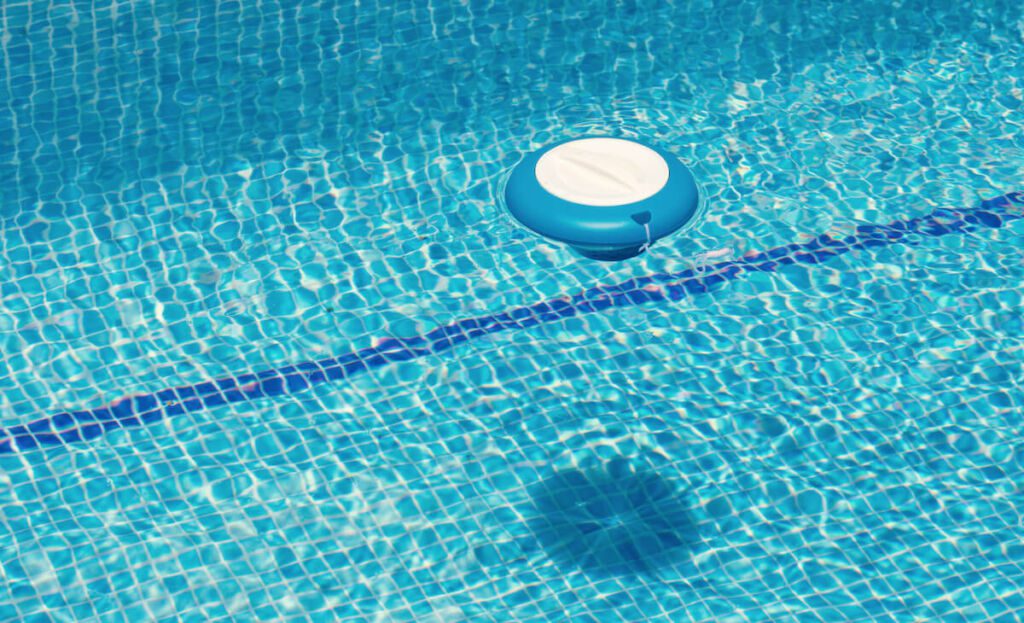Having a pool in your backyard is a wonderful way to enjoy the warm summer months, but with great fun comes great responsibility. One of the most important aspects of pool maintenance is ensuring that the water is clean and safe for swimming. Chlorine is a vital component in achieving and maintaining a healthy pool environment. In this article, we will discuss how often you should add chlorine to your pool and why it is crucial for the overall maintenance of your pool.
Understanding the Role of Chlorine
Chlorine is a powerful disinfectant that is used to kill bacteria, algae, and other harmful microorganisms in pool water. It works by breaking down the cellular structure of these organisms, effectively sanitizing the water and making it safe for swimmers. In addition to its disinfecting properties, chlorine also helps to oxidize organic matter, such as sweat, sunscreen, and other contaminants that can accumulate in pool water. This process helps to maintain water clarity and prevent the formation of unsightly algae and bacteria.
Credit: intheswim.com
Factors Affecting Chlorine Consumption
The rate at which chlorine is consumed in a pool can be influenced by several factors, including the frequency of pool use, weather conditions, and the size of the pool. In general, pools that are used more frequently will require more frequent addition of chlorine to maintain proper sanitation levels. Additionally, warmer temperatures and prolonged exposure to sunlight can cause chlorine to break down more quickly, necessitating more frequent additions. The size of the pool also plays a significant role, as larger pools will require more chlorine to achieve the same level of sanitation as smaller pools.
Determining the Ideal Chlorine Levels
Before establishing a routine for adding chlorine to your pool, it is important to understand the ideal chlorine levels for safe and effective sanitation. The recommended free chlorine level for pools is typically between 1.0 and 3.0 parts per million (ppm). This level may vary based on individual pool factors, such as the presence of a high bather load or exposure to intense sunlight. It is important to regularly test your pool water using a reliable test kit to ensure that the chlorine levels are within the recommended range.
How Often to Add Chlorine to Your Pool
The frequency of adding chlorine to your pool will depend on the specific conditions and demands of your pool. In general, it is recommended to add chlorine to your pool at least once a day, especially during periods of heavy use or high temperatures. This daily addition helps to maintain consistent sanitation levels and prevent the growth of algae and bacteria. For pools that are used less frequently, or in cooler weather, adding chlorine every two to three days may be sufficient. It is important to monitor the chlorine levels regularly and adjust the frequency of additions as needed to maintain the proper balance.
Methods of Adding Chlorine to Your Pool
There are several methods for adding chlorine to your pool, each with its own advantages and considerations. The most common method is to use chlorine tablets or sticks, which can be placed in a floating dispenser or a built-in chlorinator. These slow-dissolving tablets provide a steady release of chlorine into the water, helping to maintain consistent levels over time. Another option is to use granular chlorine, which can be broadcast directly into the pool water or pre-dissolved in a bucket before adding. This method provides a quick boost of chlorine and is ideal for addressing sudden spikes in demand, such as after heavy rainfall or a large pool party.
Importance of Regular Maintenance
Consistent and regular maintenance is essential for keeping your pool in optimal condition. In addition to adding chlorine as needed, it is important to regularly clean the pool, check and balance the pH levels, and ensure that the filtration system is functioning properly. Neglecting these tasks can lead to imbalanced water chemistry, cloudy water, and an increased risk of algae and bacteria growth. By staying proactive and diligent in your pool maintenance routine, you can enjoy a clean and inviting pool all season long.

Credit: clearcomfort.com
Frequently Asked Questions
How Often Should I Test Pool Chlorine Levels?
Test pool chlorine levels 2-3 times weekly for optimal maintenance.
What Happens If Chlorine Levels Are Too Low?
Low chlorine levels can result in algae growth and unsafe water conditions.
Can I Shock A Chlorine Pool Too Often?
Over-shocking can damage pool surfaces. Follow manufacturer guidelines for frequency.
How Long After Shocking Can I Swim In The Pool?
Wait until chlorine levels return to normal before swimming post-shocking.
Conclusion
Adding chlorine to your pool on a regular basis is essential for maintaining a safe and enjoyable swimming environment. By understanding the factors that affect chlorine consumption, determining the ideal chlorine levels, and establishing a routine for adding chlorine, you can ensure that your pool remains clean, clear, and safe for swimmers. Remember to test your water regularly, adjust the frequency of chlorine additions as needed, and stay proactive in your overall pool maintenance. With proper care and attention, your pool will be a source of enjoyment for you and your family throughout the summer months.
For more tips and guidance on pool maintenance, be sure to consult with a professional pool service provider to ensure that your pool is receiving the best care possible.

